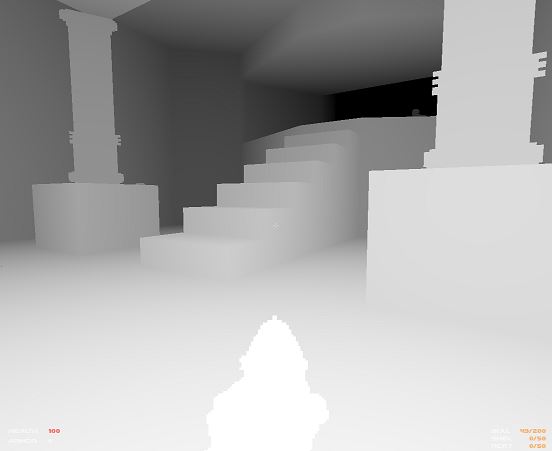That's a cool idea. I've never heard of an autostereogram like that, but I'm certainly willing to try it. The only problem I can think of is that edges of objects might look more aliased.
Also really interested in adding color, but I'm not sure what you mean by alternating between both images.


